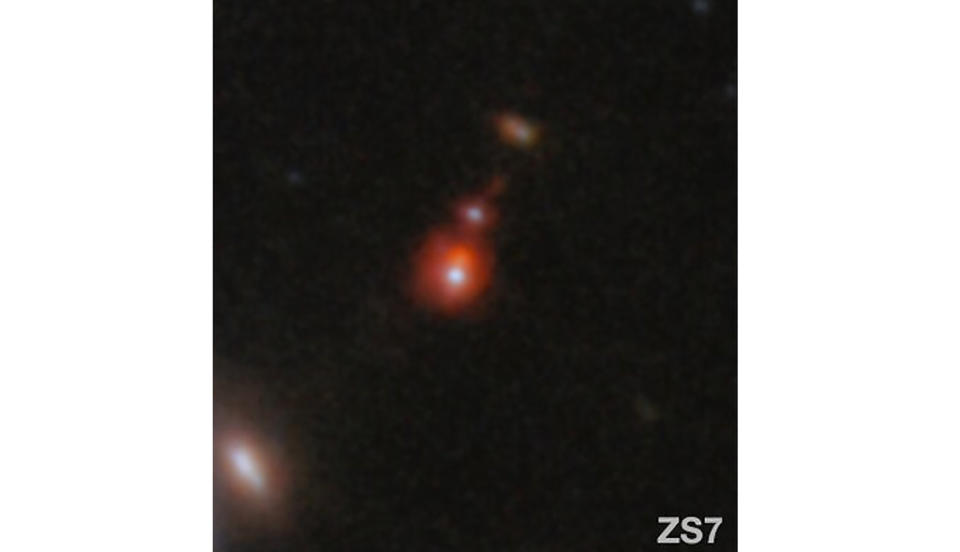Webb telescope uncovers merger of two massive black holes from early universe

CAPE CANAVERAL, Fla. (AP) — The Webb Space Telescope has discovered the earliest known merger of black holes.
These two gigantic black holes and their galaxies consolidated just 740 million years after the universe-forming Big Bang. It’s the most distant detection ever made of merging black holes, scientists reported Thursday.
No rainbow lights: Sunshine Skyway Bridge goes dark for Pride 2024
One black hole is 50 million times more massive than our sun. The other is thought to be similar in size, but is buried in dense gas, which makes it harder to measure.
Until now, astronomers weren’t sure how supermassive black holes got so big.

The latest findings, published in the Monthly Notices of the Royal Astronomical Society, suggest mergers are how black holes can grow so rapidly — “even at cosmic dawn,” said lead author Hannah Ubler of the University of Cambridge.
WATCH: Giant alligator spotted marching along same Pinellas pathway kids take to school
“Massive black holes have been shaping the evolution of galaxies from the very beginning,” Ubler said in a statement.
Launched in 2021 as the eventual successor to NASA’s Hubble Space Telescope, Webb is the biggest and most powerful observatory ever sent into space. A joint U.S.-European project, the infrared observatory surveys the universe from a location 1 million miles (1.6 million kilometers) from Earth.
Copyright 2024 Nexstar Media, Inc. All rights reserved. This material may not be published, broadcast, rewritten, or redistributed.
For the latest news, weather, sports, and streaming video, head to WFLA.

